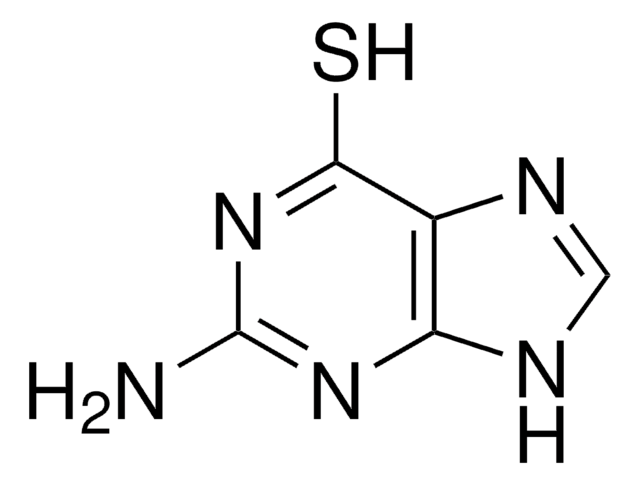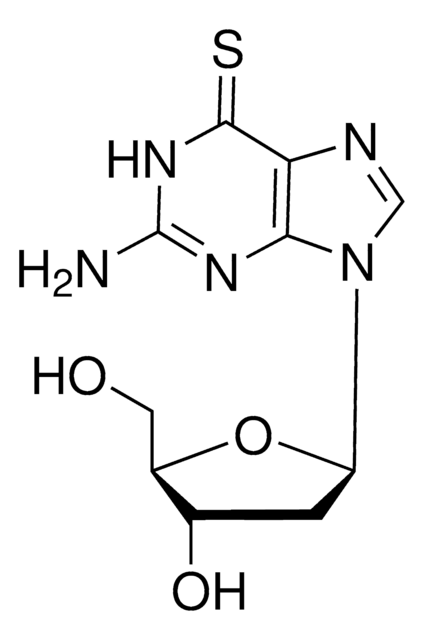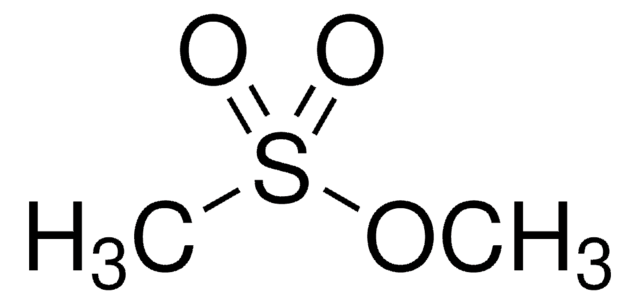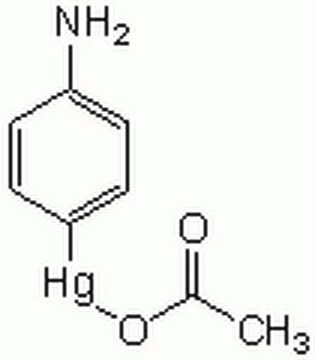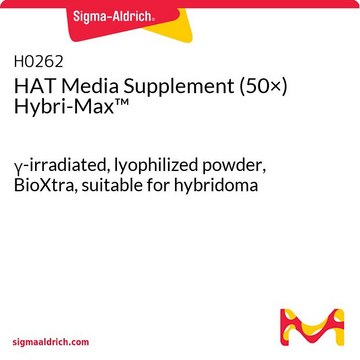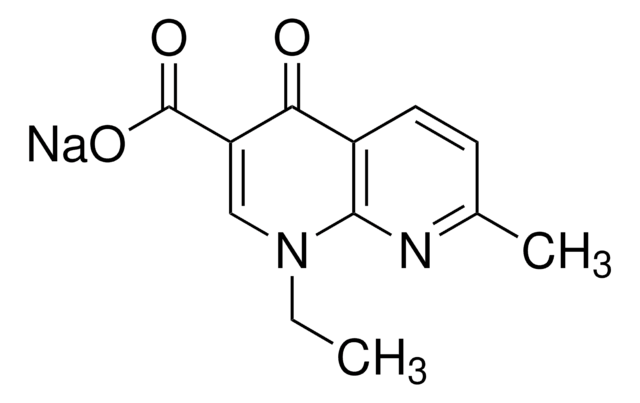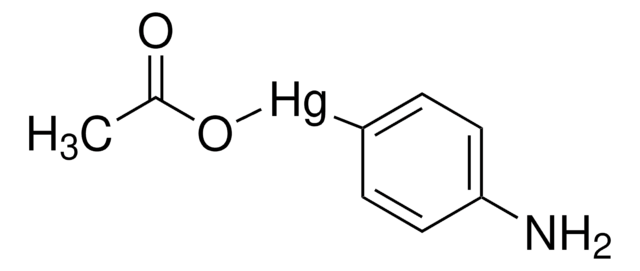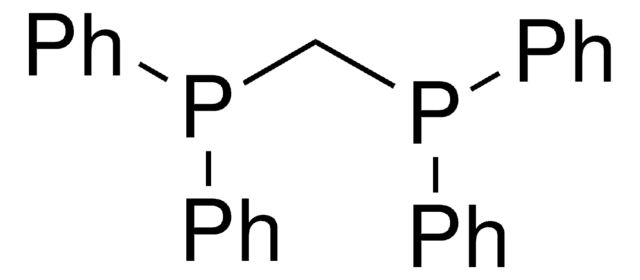A4660
6-Thioguanin
Hybri-Max™, 50 ×, γ-irradiated, lyophilized powder, BioXtra, suitable for hybridoma
Synonym(e):
2-Amino-6-mercapto-purin, 2-Amino-6-purinthiol
About This Item
Empfohlene Produkte
Biologische Quelle
synthetic (organic)
Qualitätsniveau
Qualität
Hybri-Max™
Sterilität
γ-irradiated
Produktlinie
BioXtra
Assay
~98%
Form
lyophilized powder
Konzentration
50 ×
Methode(n)
cell culture | hybridoma: suitable
Verunreinigungen
endotoxin, tested
mp (Schmelzpunkt)
≥300 °C (lit.)
Löslichkeit
1 M NaOH: 50 mg/mL, clear to slightly hazy
Lagertemp.
room temp
SMILES String
NC1=Nc2nc[nH]c2C(=S)N1
InChI
1S/C5H5N5S/c6-5-9-3-2(4(11)10-5)7-1-8-3/h1H,(H4,6,7,8,9,10,11)
InChIKey
WYWHKKSPHMUBEB-UHFFFAOYSA-N
Angaben zum Gen
human ... IMPDH1(3614) , IMPDH2(3615)
Suchen Sie nach ähnlichen Produkten? Aufrufen Leitfaden zum Produktvergleich
Verwandte Kategorien
Anwendung
Biochem./physiol. Wirkung
Rekonstituierung
Rechtliche Hinweise
Signalwort
Danger
H-Sätze
P-Sätze
Gefahreneinstufungen
Acute Tox. 3 Oral
Lagerklassenschlüssel
6.1C - Combustible acute toxic Cat.3 / toxic compounds or compounds which causing chronic effects
WGK
WGK 3
Flammpunkt (°F)
Not applicable
Flammpunkt (°C)
Not applicable
Persönliche Schutzausrüstung
Eyeshields, Faceshields, Gloves, type P2 (EN 143) respirator cartridges
Analysenzertifikate (COA)
Suchen Sie nach Analysenzertifikate (COA), indem Sie die Lot-/Chargennummer des Produkts eingeben. Lot- und Chargennummern sind auf dem Produktetikett hinter den Wörtern ‘Lot’ oder ‘Batch’ (Lot oder Charge) zu finden.
Besitzen Sie dieses Produkt bereits?
In der Dokumentenbibliothek finden Sie die Dokumentation zu den Produkten, die Sie kürzlich erworben haben.
Kunden haben sich ebenfalls angesehen
Unser Team von Wissenschaftlern verfügt über Erfahrung in allen Forschungsbereichen einschließlich Life Science, Materialwissenschaften, chemischer Synthese, Chromatographie, Analytik und vielen mehr..
Setzen Sie sich mit dem technischen Dienst in Verbindung.